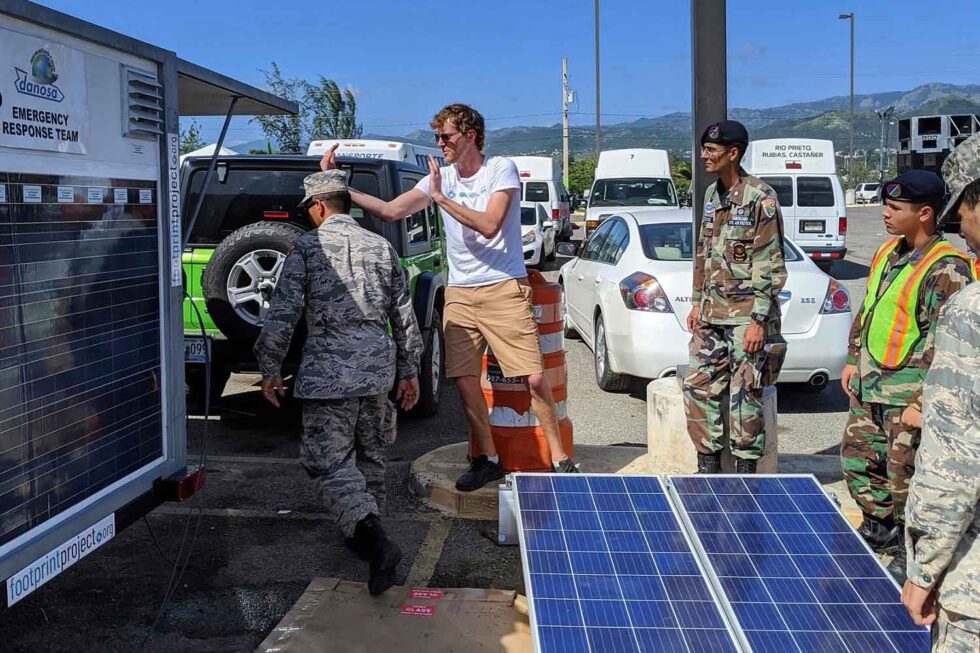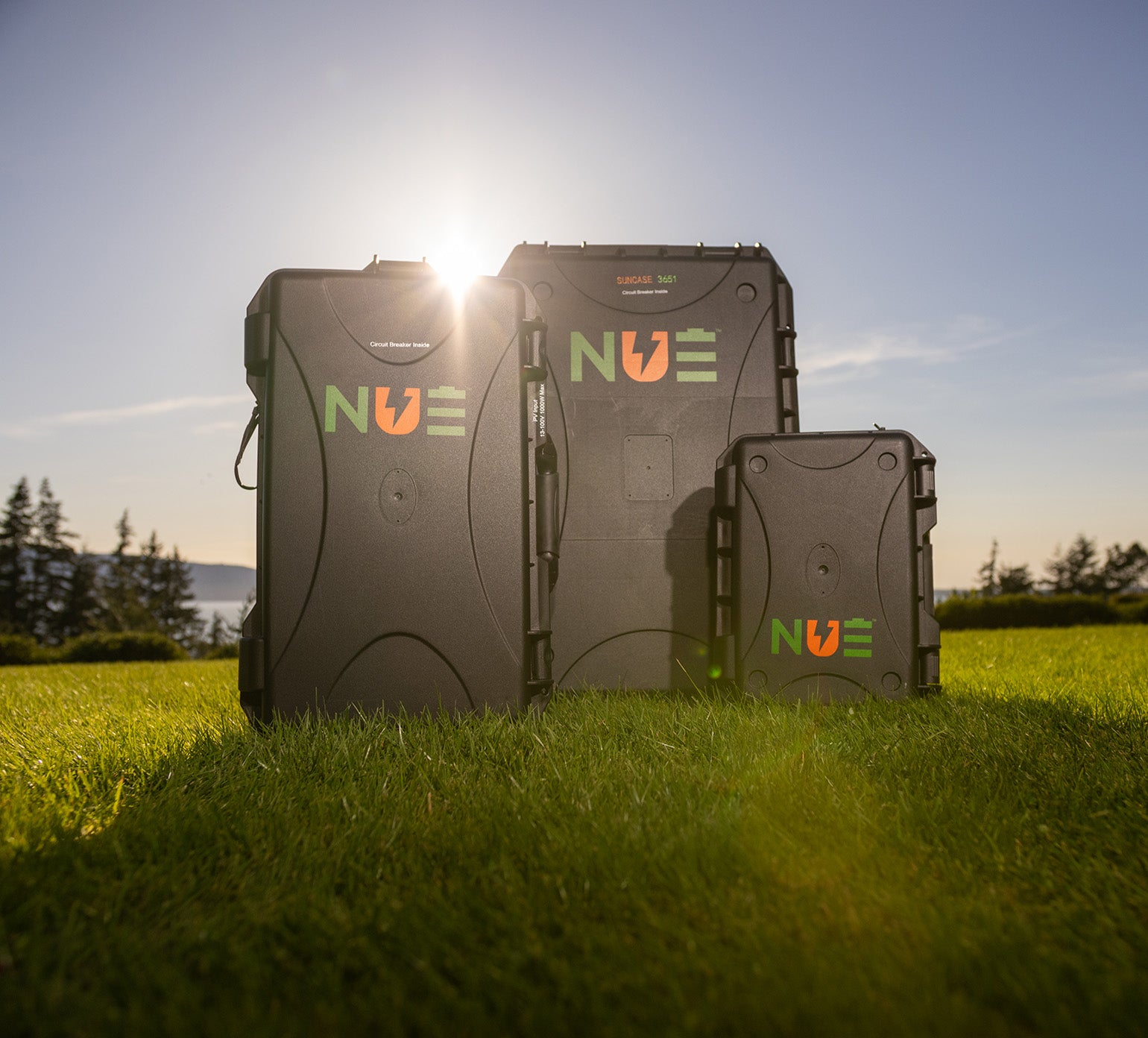
How do Power Outages Impact Us & How Can We Be the Solution?
Let’s face it, power outages are inconvenient. But for many people, losing power is more than a simple inconvenience. For millions of people, having power means sustaining life. Now more than ever people are dependent on power for life-sustaining medical devices, communications and more. What do they do when the power goes out? How can we be part of the solution?
NPR recently published an article about this dilemma of growing power outages. In it, they bring this reality to a personal level to help us understand just how real this issue has become. They also point out that trying to resolve the situation using traditional diesel generators is not an optimal solution because:
“Generators can also be difficult to operate or refuel, particularly for older or frail individuals. And, during power crises, people scrambling to buy and operate these generators can run into life-threatening trouble.”
CHARLOTTE HUFF, NPR
Just like our homes, our power grid needs maintenance and upgrades on a regular basis. By not prioritizing that maintenance, we are now suffering the consequences. Our neglected power grid has become unreliable in a time that threats to it are increasing. We experience extreme weather more frequently and our populations continue to grow and tax the limitations of the system. Plus, the money we need to repair the grid has been mislabeled as “spending” instead of “investing”. As homeowners, we fix and upgrade the roof on our house as an investment so it performs consistently, not because we are on a spending spree. Mislabeling such vital infrastructure work makes it seem frivolous and optional.
How do we take control?

Short of getting involved with state, local and federal legislation, how do we take more control over our access to power consistency? We have some options.
We can put solar panel systems on our homes with a backup battery system. That’s a great option, but the reality is that these battery backup systems are expensive. They are not available for a huge segment of the population who may need power security the most. Because of the cost, many homeowners don’t opt for battery backup. They are also quite unaware that the system won’t serve them when the power goes out. In addition to being cost-prohibitive, you also can’t take it with you. What if you need to be somewhere other than your home during an outage or emergency? What if you move? These are all important considerations that we often don’t think about until we are faced with them directly. Can we opt for a more accessible option that meets our critical needs?
Defining Critical Needs
First, let’s identify some of our critical needs. Having a backup option that can power your medical equipment, your cell phones or laptops, refrigeration for medications and food and an Instapot could truly be life-saving. If this option was portable, you could take it with you wherever you needed it. And if you could charge this backup power system from either a solar energy source or an outlet in your home, that would start to add real security and peace of mind. A system this flexible would mean we could be fully prepared. But it would have to be financially accessible. Imagine if every person impacted by disaster, every apartment complex, or every assisted living facility had access to a solution like this. Ideally, it wouldn’t break the budget and could be shared to provide continuity of vital energy needs.

In an outage, many of the 911 calls are related precisely to this situation. What if a portable solution could be delivered by volunteers or community organizations working through emergency services? Then, our highly trained Emergency Responders could turn their attention to bigger life-saving emergencies. Imagine what that would look like from a response, financial and resource perspective. Imagine the medical emergencies that could be avoided. It would be a game-changer.
Portable Solar Energy Solutions

Portable solar and battery backup being deployed to emergency services
New Use Energy has created just such a solution. Our work with non-profits like Footprint Project began with an understanding of the realities people in disasters and emergencies experience. We focused on developing a series of products that specifically address the foundational needs people and organizations have for off-grid power. By focusing on the necessities, we keep our products portable, reliable and affordable so more people can access them. In times like these, we can’t all wait for big, broad, expensive energy solutions; we need an immediate, affordable, portable, flexible solution that can be implemented now. This is it.
























